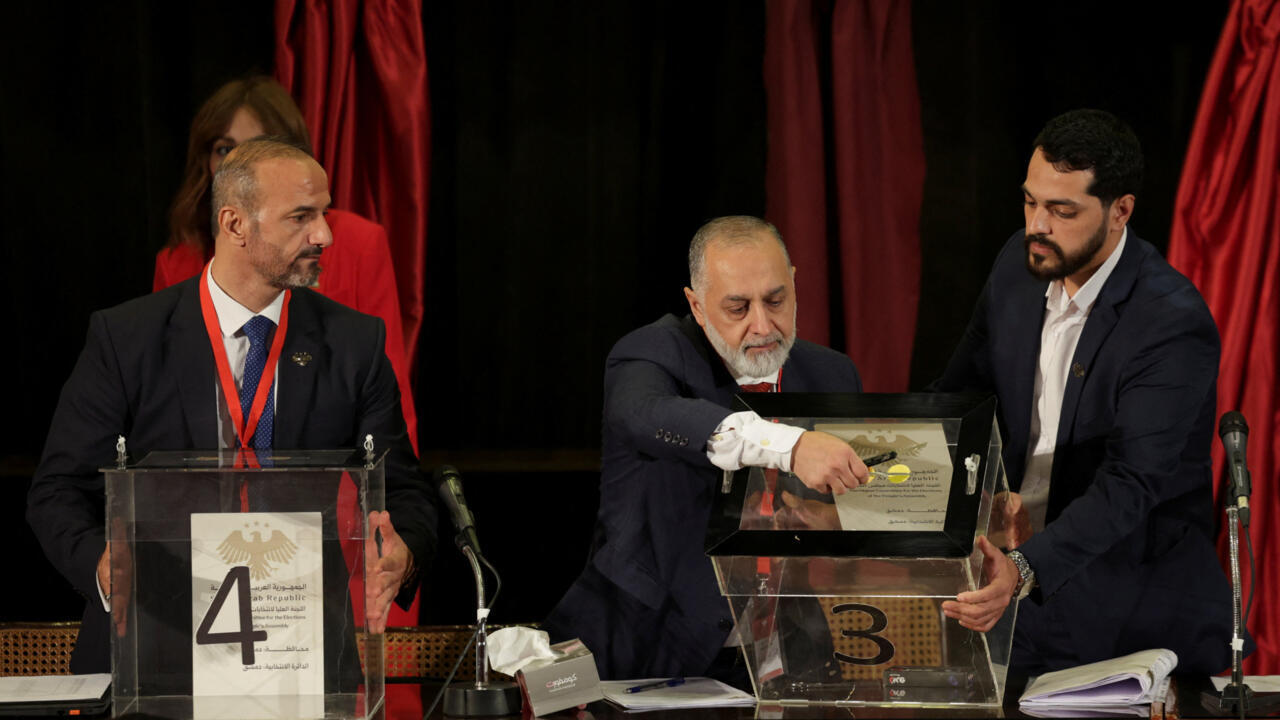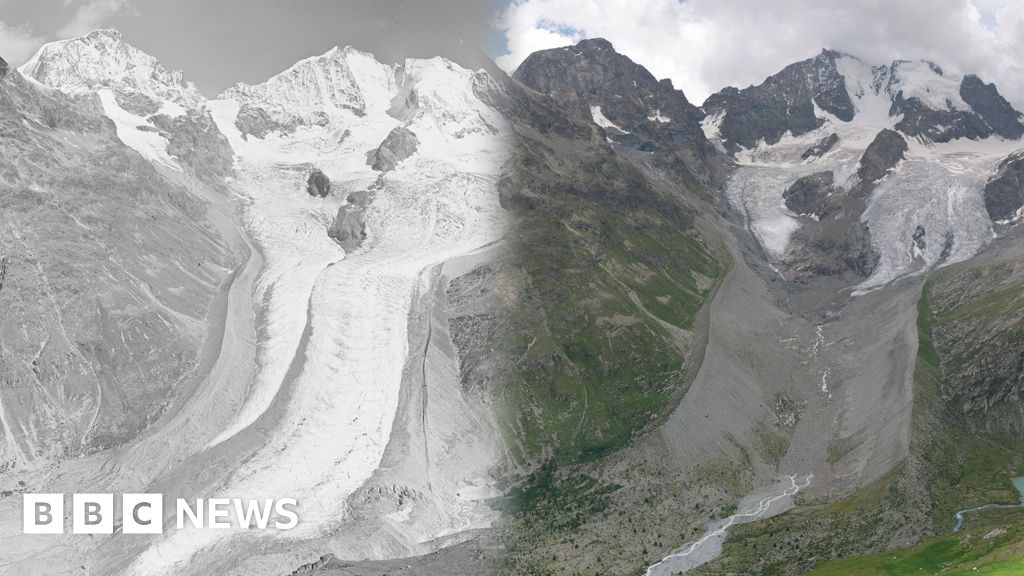US President Donald Trump and Indian Prime Minister Narendra Modi arrive to hold a joint press conference in the East Room of the White House in Washington, DC, on February 13, 2025.
Jim Watson | Afp | Getty Images
De-escalation in tensions between China and the U.S. after their leaders met in South Korea last Thursday stands in stark contrast to the chill in Washington-New Delhi relations, with India now subject to higher U.S. tariffs than Beijing.
Experts said that the strategic relationship between India and U.S. built over two decades has substantially eroded.
Atman Trivedi a partner and lead of the South Asia Practice at DGA-Albright Stonebridge Group said trust between the two countries "could take years rebuild."
Steep tariffs, $100,000 fee for H1B visas, and U.S. President Donald Trump's repeated claims of having brokered a ceasefire between India and Pakistan are among issues that have led to deterioration of ties between New Delhi and Washington in recent months, according to experts.
"President Trump evidently does not value India as a partner in balancing China as much as the previous presidents," said Raymond Vickery Jr., senior associate and chair on India and emerging Asia Economics at Center for Strategic and International Studies.
The U.S. foreign policy from President Bill Clinton until recently, including Trump's first term as the president, had consistently valued "democratic India over autocratic China," he said, adding that the approach toward India has now shifted from one of strategic altruism to "transactionalism."
Meanwhile, ties between the U.S. and China appear to be on the mend.
In a post on Truth Social on Saturday, Trump said "My G2 meeting President Xi of China was a great one for both of our countries" adding that it would lead to "everlasting peace and success."
Shortly after, Pete Hegseth, U.S. secretary of defense, said on X that China and the U.S. had agreed to set up "miliary-to-military channels to deconflict and deescalate" any problems.
Trump and Chinese President Xi Jinping reached a trade truce in a high-stakes meeting in South Korea on Thursday which saw Washington cutting tariffs on Beijing related to fentanyl to 10% from 20%, reducing the overall rate on Chinese goods to around 47%.
China now pays a lower tariff than India.
In August the U.S. imposed 50% tariffs on India including secondary duties of 25% for its purchase of Russian oil. India has called the move "unfair, unjustified and unreasonable," while has called U.S. trade ties with India "a totally one-sided disaster!"
U.S. President Donald Trump meets with Indian Prime Minister Narendra Modi in the Oval Office of the White House in Washington, DC, on Feb. 13, 2025.
Jim Watson | Afp | Getty Images
"At the leader-level, the chemistry is missing for now, and the impact of this disconnect on the U.S.-India relationship probably cannot be overstated," Trivedi added.
During his Asia trip last week, while addressing corporate leaders at Asia-Pacific Economic Cooperation summit in South Korea, Trump said he threatened India and Pakistan with 250% tariffs unless they stopped hostilities.
An attack by militants in the Indian-controlled region of Kashmir in April killed 26 civilians. India accused Pakistan and launched a military strike, resulting in a four-day conflict that threatened to explode into a broader war fueled by decades of tensions between the two countries.
"The strategic relationship between India and the U.S. has been under strain this year not just because of tariffs, but also because of Washington's posture in the conflict with Pakistan and the apparent warming of [U.S.] ties with Pakistan's military," said Alexandra Hermann, head of Southeast Asia Research at Oxford Economics.
Trump's claims are being picked up by Modi's political opponents including the leader of opposition Rahul Gandhi. Modi is "scared" of U.S. President Donald Trump, Gandhi reportedly said on Sunday in a political rally in Bihar.
Hermann added that now the challenge for India would be to find its position between two economic superpowers.
"While New Delhi stands to benefit from greater access to U.S. demand, its dependence on China is unlikely to diminish in the near term given the still-extreme uncertainty around trade policy and the costs of relocating supply chains," she said.
Keeping aside strained trade ties, U.S. and India on Friday signed a 10-year "Framework for the US-India Major Defence Partnership."
Hegseth said on X that the two countries were improving "coordination, info sharing, and tech cooperation," while his Indian counter Rajnath Singh said the partnership between U.S. and India was "critical for ensuring a free, open and rules-based Indo-Pacific region."
Experts warn if U.S. sticks with its transactional approach toward India, it will drive the two further apart, compromising strategic interests of both.
"The Trump policy will push India further toward Russia, the Global South, and even China. This will not be in the interests of either India or the US," said Vickery Jr. from CSIS.











 English (US) ·
English (US) ·